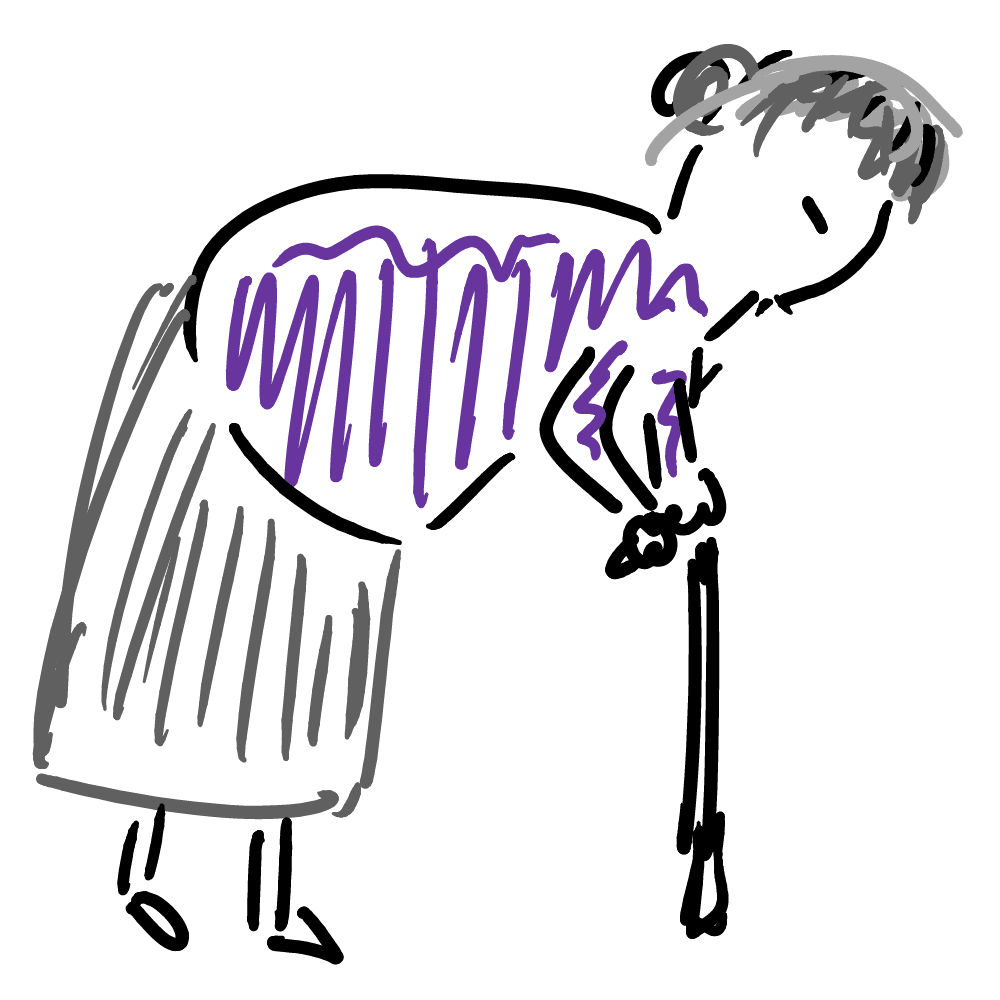This text was produced by Ekke Soot while the person was a student at Macalester. It was distributed for in-class review. Any use of this text necessitates you to contact the person directly for copyright purposes.
From: “ekke soot”
Sent: Tuesday, October 12, 2004 7:29 PM
Subject: Redfield notes
Robert Redfield (1897-1958)
R.Redfield’s work played an important role in moving the main concern of anthropology away from the autonomous, self-contained and isolated cultures towards an engagement with the more complex fields of interaction. He became one of the originators of the anthropology of complex societies and symbolic studies of civilizations.
He was interested in studying the peasant societies, but could not do it before he had broadened the general ways of conceiving culture. He argued that to understand the peasant community, one had to get behind the idea of culture as a closed universe, distinctive unto itself (as most anthropologists had seen culture earlier; i.e. Malinowski or Radcliffe-Brown). Instead, it was necessary to see the peasant culture as “part of larger and compound societal and cultural wholes” – part of the civilization it belonged.
Therefore the main concept Redfield uses is ‘civilization’. Each civilization, according to him, is a compound and complex whole with the “high” cultural traditions of the reflective few (the ‘great tradition’) and the “low” folk traditions of the unreflective many (the ‘little tradition’). The great tradition is cultivated in the centers of civilization, in towns by the scholars, literati or priests. The little tradition works itself out in the village communities and is shared by the mostly illiteral peasant population. These different levels are constantly in interaction with each other and mutually dependent.
Redfield saw it necessary to redefine the methods of anthropological study. When the anthropologist studies an isolated primitive community, the context is that community and its local and immediate culture. But when he tries to understand peasant or village culture, he needs to widen the context and include the elements of the great tradition that are in interaction with the local. Instead of a holistic description of primitive cultures that was possible before, peasant culture has to be seen within a complicated network of folk-urban continuum.
The peasant culture maintains itself only through this continuous interaction with the centers of civilization. Redfield gives the example of India, where the great tradition (Sanskrit tradition, directed mainly by the brahmin caste) appears in multiple ways in the local conditions – festivals, rituals, local deities, religious texts and local caste groups being only few examples. The village people of Coorgs for example, as a result of this dialogue with the greater tradition, have accepted elements of Hindu culture to claim higher social status and identify themselves with the Kshatriyas – people of the warrior varna according to Hinduist hierarchy.
How is it then that the high tradition communicates itself to the common people and becomes part of the little tradition, or vice versa?
Redfield uses the model given by McKim Marriott to show this two-way interaction between the great and little traditions. It consists of two complementary processes:
Parochialization – a downward movement and transformation of contents between great and little traditions (adopting Hindu gods, rituals, texts, or caste groups in local villages)
Universalisation – an upward movement from little traditions to larger, carrying-forward of materials, which are already present in the little traditions (some of the local rites became tied into the Hinduistic traditions and some religious texts were based on common folk stories)
The great importance in the society lies in the intermediary institutions and specialists (priests, reciters/singers, scholars, etc.) that act as channels of transmission between the great tradition and the little tradition. Then the civilization itself, as Redfield shows, is nothing else than a social organization – the way that people relate to one another and put together elements of action that guarantees the transmission and continuation of the tradition.
Redfield believed that as societies become less isolated and more heterogeneous, they are more characterized by disorganization of culture, secularization and individualization. Based on his fieldwork in Central America, he created a typological order in between tribal village, village, town, and city to illustrate a cultural process that led from communal isolation and social homogeneity to extremes of contact and heterogeneity. Therefore, as Wolf argues, Redfield postulated a general movement of society toward ever-increasing social interactions and social differentiation.
Questions:
Redfield’s analysis of civilizational and cultural processes is grounded on the complex interrelations and interactions between the great- and little traditions. But he seems to understand these interactions mainly in terms of cultural flows – religious ideas, social relations, cutoms, etc. At the same time he omits any questions, how these social interactions might be grounded in material circumstances and material organization. What would Marx have possibly said about his theory of civilization and understanding of peasant society?
Redfield has described a process of acculturation, according to what the culture traits are spreading out from the center of civilization to the villages and peasant society, where they are interpreted in local terms. This kind of theory supposes there exists this kind of dichotomy between the great- and little traditions, the center and ‘periphery’. What could one say about Redfield’s theory in the light that it did not see any role that the power relations play in this dialogue between the great- and little tradition? Should it be seen as one weakness of his theory?
How would Redfield’s work be critizised by Boas, who prefered to work with descriptions of particular culture histories rather than to find ways of comparing types of community? What might he say about the typological order that Redfield uses to explain the natural process leading to increasing interactions and heterogeneity in the society?

Leave a Reply